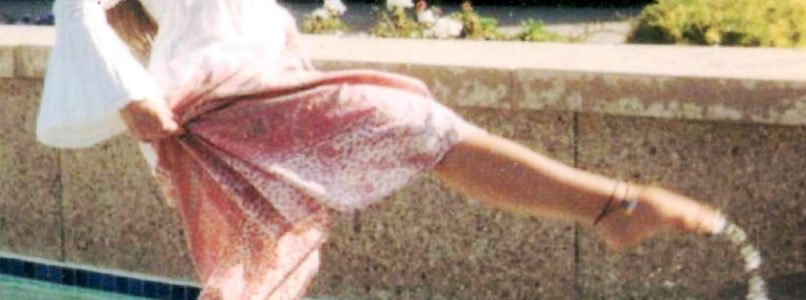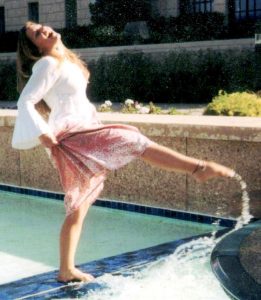 One day while helping a friend in her home she asked me if I ever felt as if I was at war with my family. She said that if anything was organized it wouldn’t stay that way. If it was clean it would get dirty. If it was peaceful chaos would inevitably show up.
One day while helping a friend in her home she asked me if I ever felt as if I was at war with my family. She said that if anything was organized it wouldn’t stay that way. If it was clean it would get dirty. If it was peaceful chaos would inevitably show up.
I understood her frustration. After all, I had raised seven children. However, somewhere along the way, I had a mighty change of heart. I went from waging war to ministering to my family. It was a slight mental shift in how I looked at the work required to manage my family and it has made a huge difference in how I feel on busy and chaotic days.
When we step out of management mode we begin to ‘see’ the needs of those in our family and we’re better able to step into the service and kindness mode. We put ourselves in a place where we’re able to be Present. We see the ‘one’ and minister to them rather than being upset that there is one more thing to take care of.
As parents, one of our greatest responsibilities is to help our children become successful adults. I have found that the most successful adults I know are generous and kind. They serve others. They ‘see’ people and reach out.
Last Sunday one of my grandchildren was ill and one parent had to stay home with them. That caused the rest of the family to run late. In our church, the Sacrament is passed early in the meeting and my daughter worried that they wouldn’t get there in time. Sure enough, they missed the bread portion of the ceremony. She was deeply disappointed.
Then the children who were with her began to struggle to be still and they all ended up out in the hall. Her 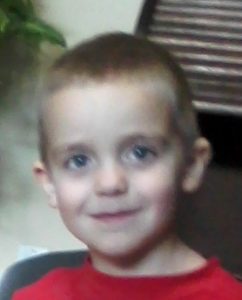 nine-year-old son, Jack, reached out and touched his mom on the arm and said, “Mom, I’m sorry we missed the bread and that we’re out in the hall.”
nine-year-old son, Jack, reached out and touched his mom on the arm and said, “Mom, I’m sorry we missed the bread and that we’re out in the hall.”
This is a perfect example of a person ‘seeing’ the need of another and this someone was just nine years old.
That same nine-year-old ‘saw’ me the other day. It had been a long day. I had been doing a lot of physical labor and I was tired. In fact, I was feeling a bit old. Jack came to me and said, “Grandma, I really like that shirt. You look good in it.” As you can imagine I felt better.
Jack has learned from the example of his parents to ‘see’. He has learned the value of kindness and service within his family because his parents serve their children rather than just managing them.
As I was beginning to transition from being in constant management mode in my family to serving my spouse and children I remember watching a video of a real-life experience that helped me see the difference between working in a family and serving the family.
A man with a very important job was leaving his home to go to a very important meeting. He had on a suit and tie. As he descended the stairs he saw his eighteen-month-old crawling up the stairs. He picked her up to give her a hug and say goodbye and found that she needed a diaper change.
This busy and important man, this father, did not call his equally busy wife. He got a diaper and wipes and sat down at the top of the stairs and changed his daughter. While he served his daughter he smiled and talked with her. He ‘saw’ his daughters need. He was also aware of the need of his wife. He served them both with great kindness and did not feel put upon while doing it. He was not in management mode but in the kindness and service mode.
WHY MAKE A MENTAL SHIFT
There are some very good reasons to work on this slight mental shift, from management to service:
• When we lose ourselves in service to others we grow and flourish. So do our children.
• When we feel that the work we do is serving rather than a burden we feel less overwhelmed.
• With this slight mental shift, we’re able to remain calm when things aren’t going well.
• When we serve our family we model it for our children who become kinder.
• Families who have a culture of service and kindness sustain one another better.
• In fact, as we serve rather than wage war, we begin to create a culture of kindness and serviceability.
In today’s world, there are many opportunities to reach out and serve. Let’s begin in our own families. Consider it a privilege rather than a daily burden. You can’t and won’t respond this way all of the time. But if you can slip into this mindset even a few times each day you will feel better about parenting and you will have more joy in the work that you do.
What service have you given to or received from your children? Please comment. I would love to hear your experiences.
Here’s to more joy,
Mary Ann
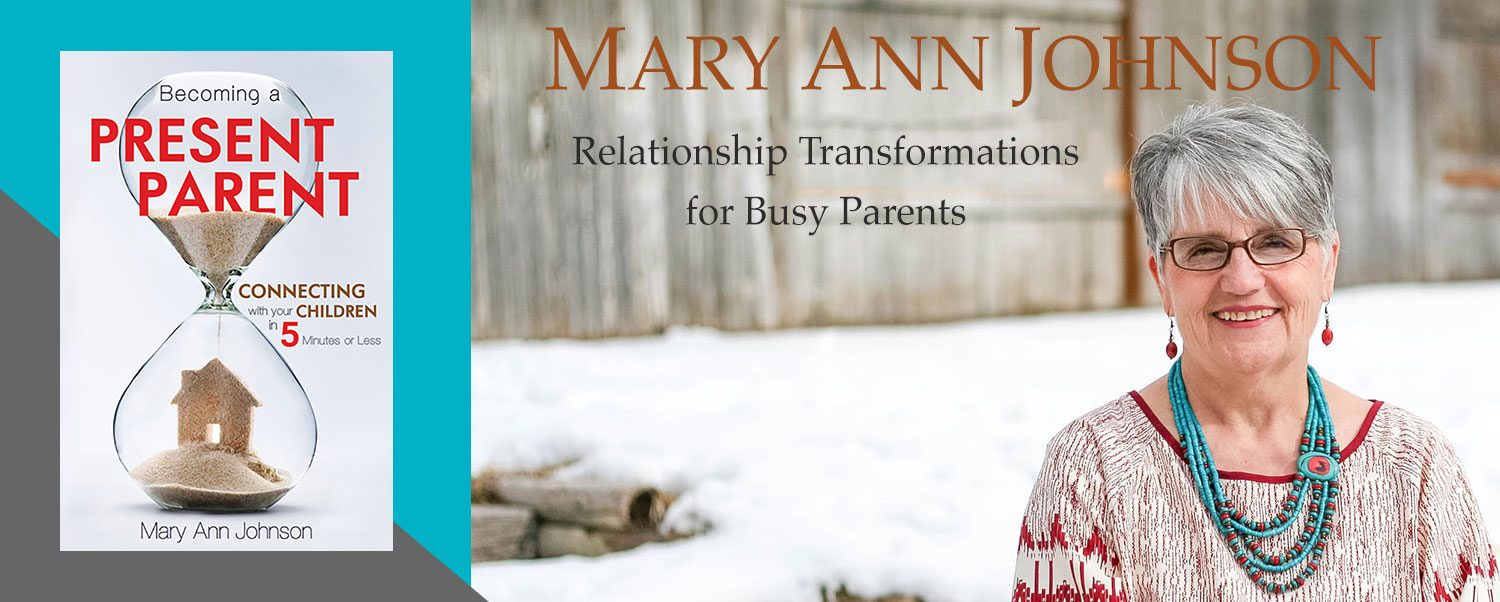
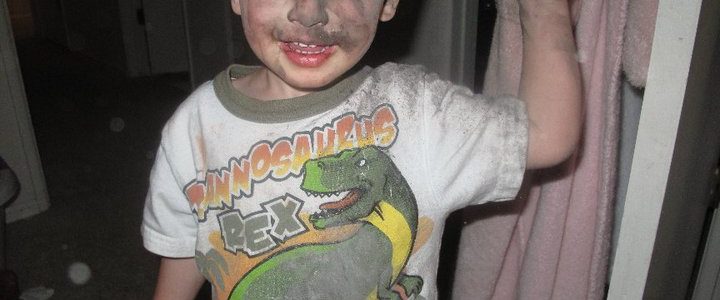

 who reminded him of the principle we’ve been discussing—simple things, done over time consistently, bring significant results. His servant said, “If the prophet had bid thee do some great thing, wouldest thou not have done it? How much rather then, when he saith to thee, Wash, and be clean?” (2 Kings 5:13).
who reminded him of the principle we’ve been discussing—simple things, done over time consistently, bring significant results. His servant said, “If the prophet had bid thee do some great thing, wouldest thou not have done it? How much rather then, when he saith to thee, Wash, and be clean?” (2 Kings 5:13).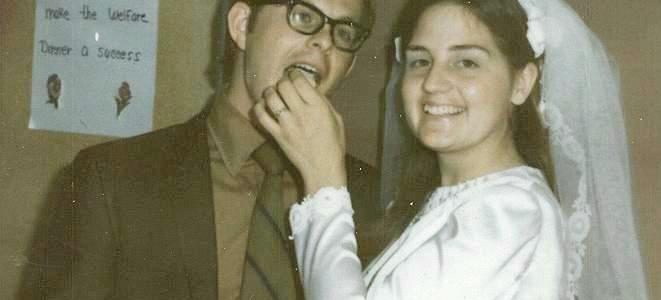
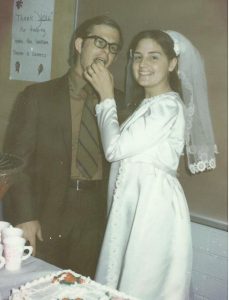 When I was a senior in high school I took a final sewing class. I picked out some darling pink and brown striped material for an outfit and went to work knowing that it was going to be fabulous. When I put it on the crotch was at my knees, the zipper zipped up the inside and the facing was on the outside. I had done my very best and my best stunk!
When I was a senior in high school I took a final sewing class. I picked out some darling pink and brown striped material for an outfit and went to work knowing that it was going to be fabulous. When I put it on the crotch was at my knees, the zipper zipped up the inside and the facing was on the outside. I had done my very best and my best stunk! absolutely every effort to learn to sew. I had asked for help from the experts in my life. I had put in the time. I had practiced repeatedly. I asked God to help me remember everything I had learned. I asked that I would understand the directions fully and that I wouldn’t make any more mistakes. And guess what, I didn’t. I sewed that dress without having to pick out another seam. I knew what to do and I did it well. The dress was simple but beautiful. In fact, my cousin was married in that almost 50-year-old dress this fall.
absolutely every effort to learn to sew. I had asked for help from the experts in my life. I had put in the time. I had practiced repeatedly. I asked God to help me remember everything I had learned. I asked that I would understand the directions fully and that I wouldn’t make any more mistakes. And guess what, I didn’t. I sewed that dress without having to pick out another seam. I knew what to do and I did it well. The dress was simple but beautiful. In fact, my cousin was married in that almost 50-year-old dress this fall.
 Recently I attended a parenting event. I had the opportunity to ask a few parents what they wanted to know. One woman’s response was poignant – How do I manage to connect with a teen if no foundation has been laid?
Recently I attended a parenting event. I had the opportunity to ask a few parents what they wanted to know. One woman’s response was poignant – How do I manage to connect with a teen if no foundation has been laid? make a small detour. Grab them and tickle them for a few moments, just long enough to get a little tussle going. Then gently punch a shoulder or tousle a head and move on.
make a small detour. Grab them and tickle them for a few moments, just long enough to get a little tussle going. Then gently punch a shoulder or tousle a head and move on.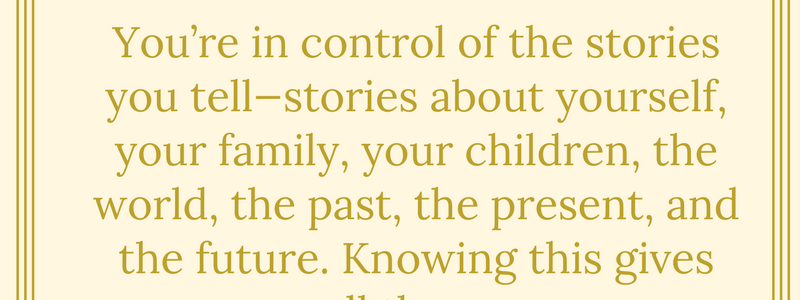
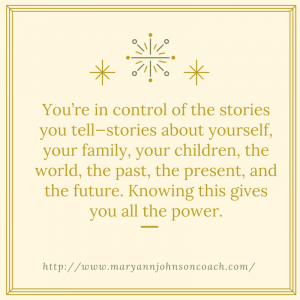 I keep thinking that I’ll switch topics from the power of controlling our story and response to another parenting topic but every day provides a new and powerful example of just what it looks like to control how we think and act.
I keep thinking that I’ll switch topics from the power of controlling our story and response to another parenting topic but every day provides a new and powerful example of just what it looks like to control how we think and act.
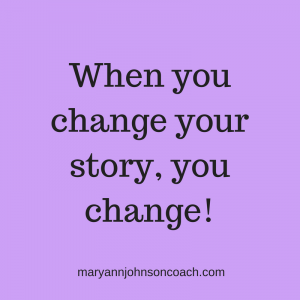 I grew up in a family that always had a dog. We had Sheppard’s and once we even had a giant poodle. We named him Expense.
I grew up in a family that always had a dog. We had Sheppard’s and once we even had a giant poodle. We named him Expense.
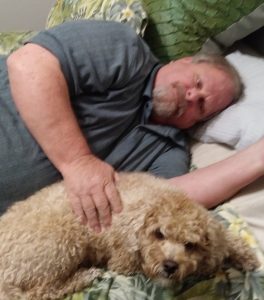


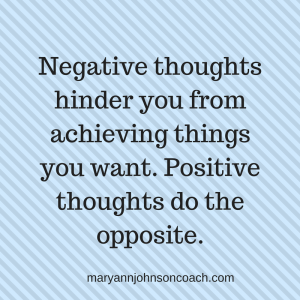
 more possibilities
more possibilities
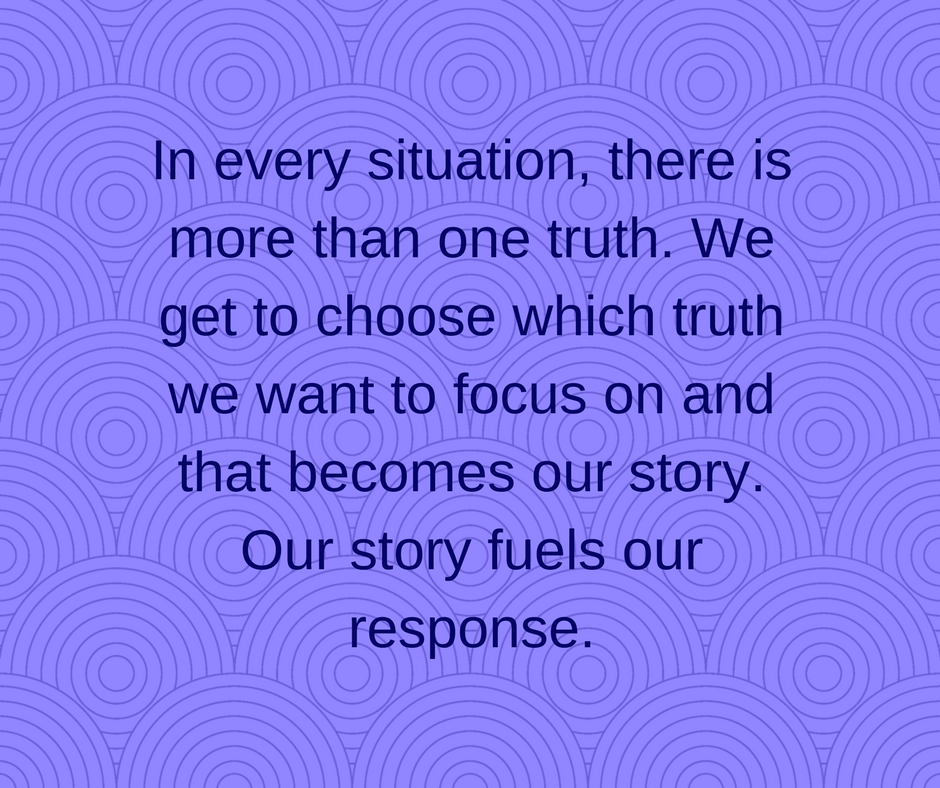
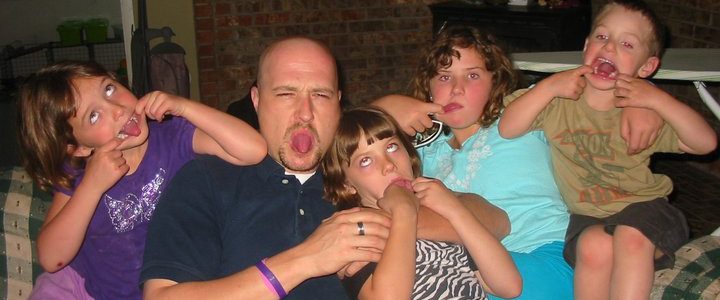
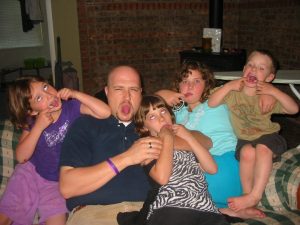 For the last two weeks, I have been writing about families and
For the last two weeks, I have been writing about families and  excited to use it. The next morning was Sunday, and we needed to get to a very important reception right after church. I said to Don, “Honey, there isn’t time to grill chicken today and make it to the reception. You’ll have to grill chicken tomorrow.”
excited to use it. The next morning was Sunday, and we needed to get to a very important reception right after church. I said to Don, “Honey, there isn’t time to grill chicken today and make it to the reception. You’ll have to grill chicken tomorrow.”